Innovative Marketing Strategies
Innovative marketing strategies are playing a crucial role in shaping the Soy Milk Market. Companies are increasingly leveraging social media platforms and influencer partnerships to reach a broader audience. By promoting the versatility and benefits of soy milk, brands are effectively engaging with younger consumers who are more inclined to explore plant-based options. Additionally, targeted advertising campaigns that highlight the environmental benefits of soy milk are resonating with eco-conscious consumers. This strategic approach not only enhances brand visibility but also fosters a deeper connection with potential customers. As a result, the Soy Milk Market is likely to experience sustained growth driven by these innovative marketing efforts.
Nutritional Benefits of Soy Milk
The nutritional profile of soy milk is another significant driver for the Soy Milk Market. Rich in protein, vitamins, and minerals, soy milk serves as a viable alternative to cow's milk, particularly for those with lactose intolerance or dairy allergies. Studies indicate that soy milk contains isoflavones, which may offer various health benefits, including improved heart health and reduced risk of certain cancers. As consumers become increasingly aware of these health benefits, the demand for soy milk is expected to rise. The Soy Milk Market is thus positioned to capitalize on this trend, as health-conscious consumers actively seek out products that contribute positively to their overall well-being.
Rising Veganism and Plant-Based Diets
The increasing adoption of veganism and plant-based diets appears to be a pivotal driver for the Soy Milk Market. As consumers become more health-conscious, they are gravitating towards alternatives that align with their dietary preferences. Reports indicate that the plant-based milk segment, including soy milk, has witnessed a substantial growth rate, with projections suggesting a compound annual growth rate of over 10% in the coming years. This shift is not merely a trend but reflects a broader societal change towards sustainable eating practices. Consequently, the Soy Milk Market is likely to benefit from this growing demographic, as more individuals seek dairy alternatives that are perceived as healthier and more environmentally friendly.
Increased Availability in Retail Channels
The increased availability of soy milk in various retail channels is a notable driver for the Soy Milk Market. Supermarkets, health food stores, and online platforms are expanding their offerings to include a diverse range of soy milk products. This accessibility is crucial, as it allows consumers to easily incorporate soy milk into their diets. Data suggests that the retail presence of plant-based milk alternatives has surged, with soy milk being a prominent player. As more consumers seek convenient and readily available options, the Soy Milk Market is poised for growth, benefiting from enhanced distribution networks and product placements.
Consumer Awareness of Environmental Impact
Consumer awareness regarding the environmental impact of dairy farming is increasingly influencing purchasing decisions in the Soy Milk Market. As individuals become more informed about the ecological footprint of traditional dairy production, many are turning to soy milk as a more sustainable alternative. Research indicates that soy milk production generally requires fewer resources and results in lower greenhouse gas emissions compared to cow's milk. This growing consciousness about sustainability is likely to drive demand for soy milk, as consumers seek products that align with their values. Consequently, the Soy Milk Market stands to gain from this shift towards environmentally responsible consumption.


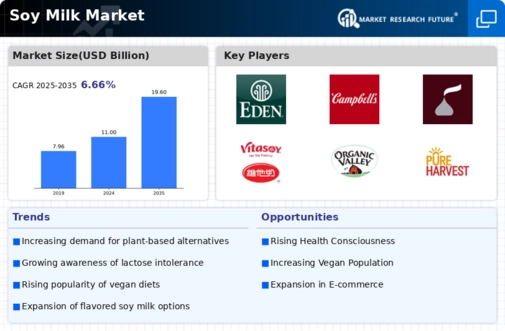
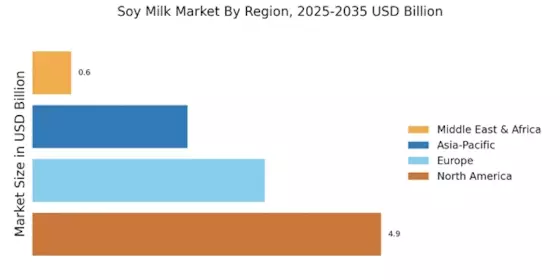
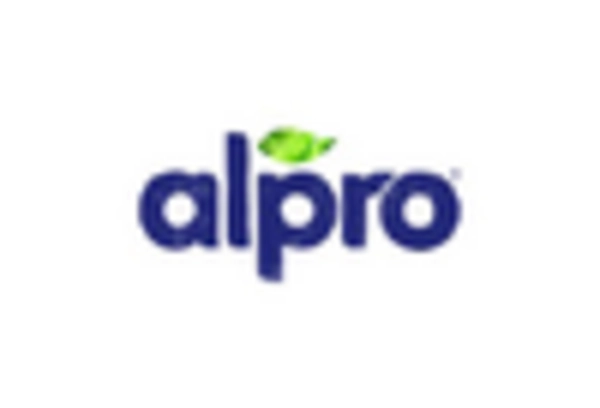


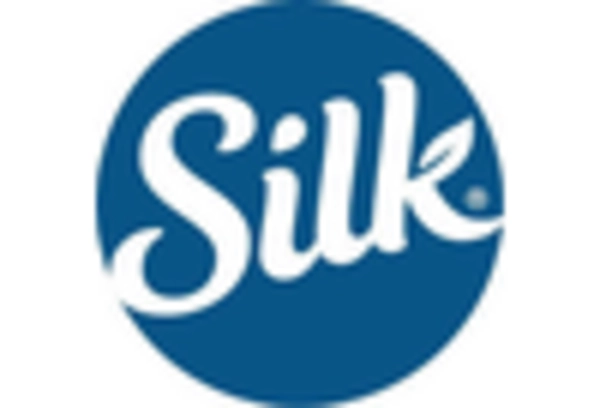

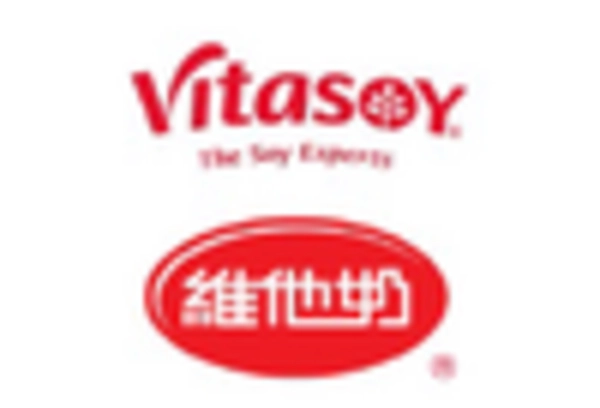








Leave a Comment